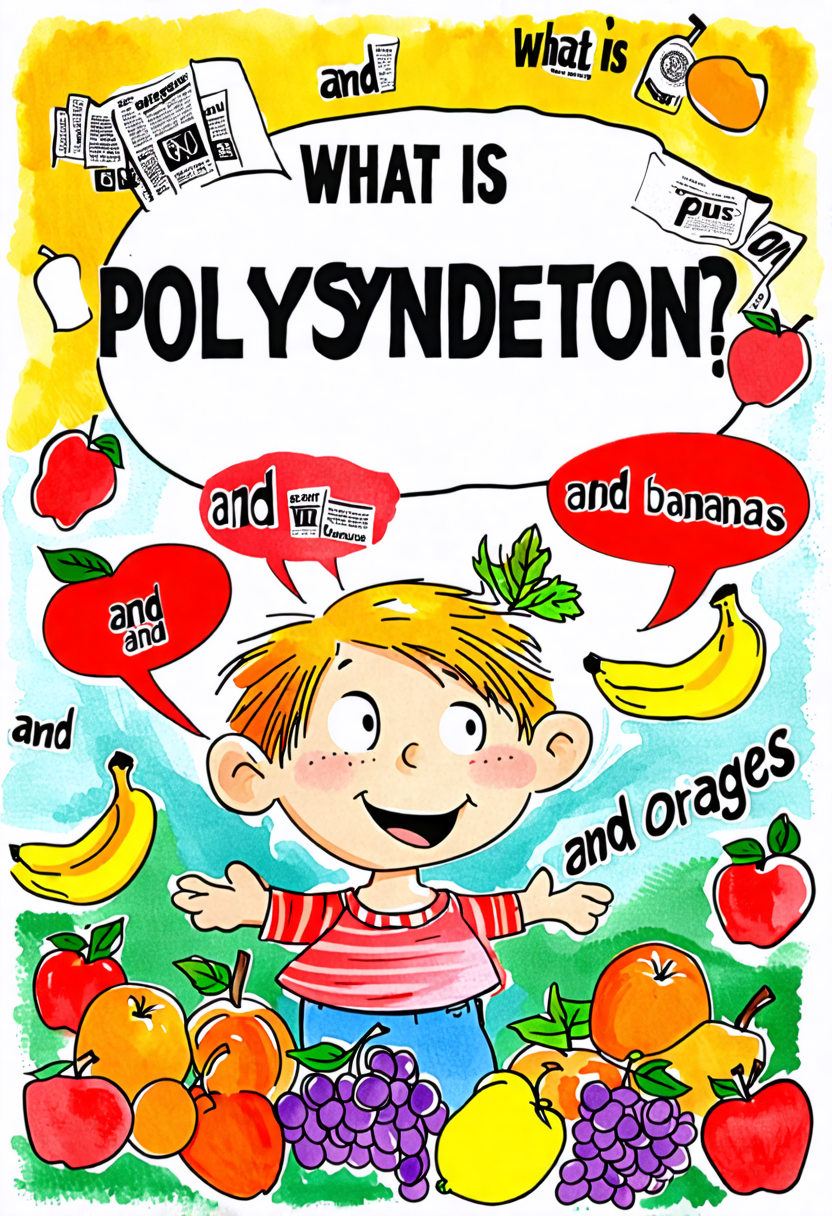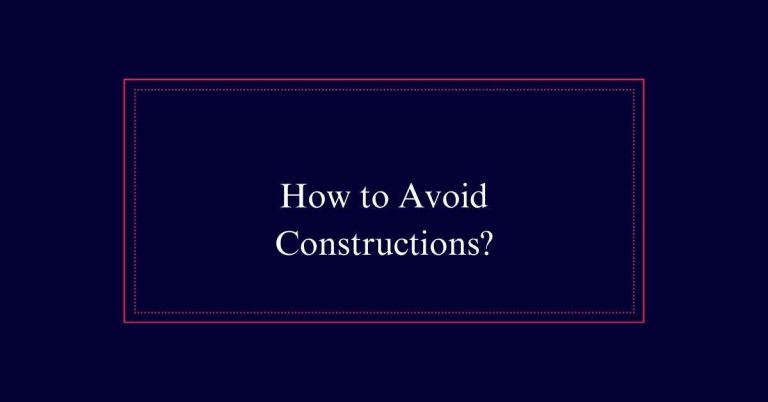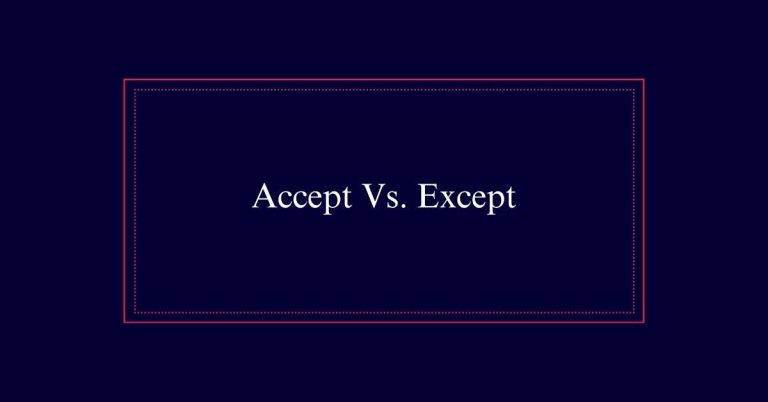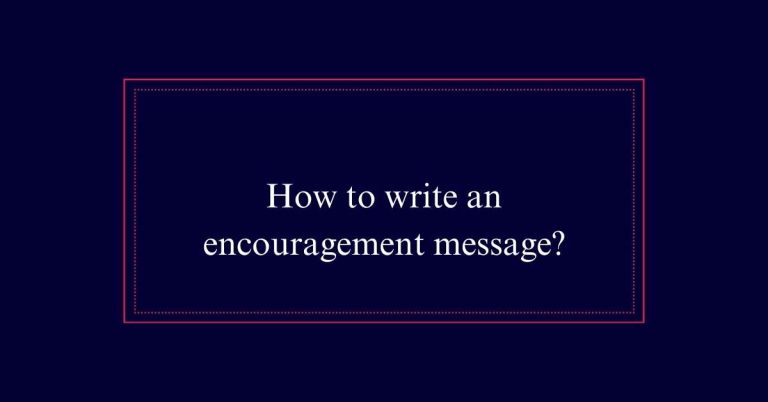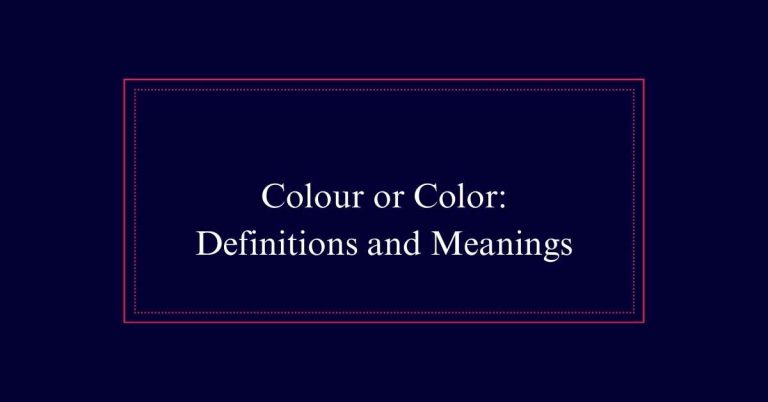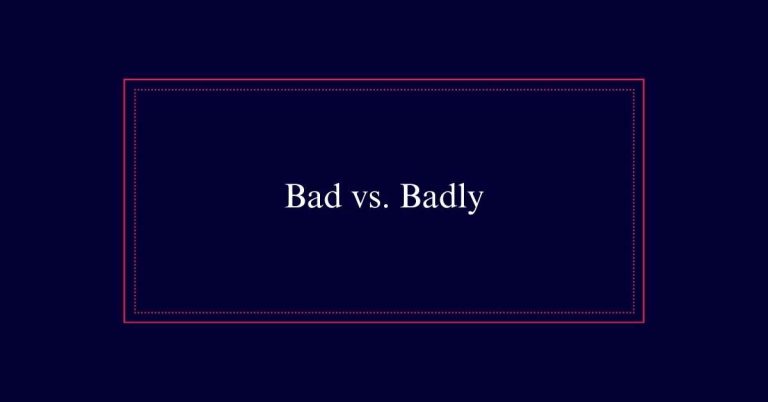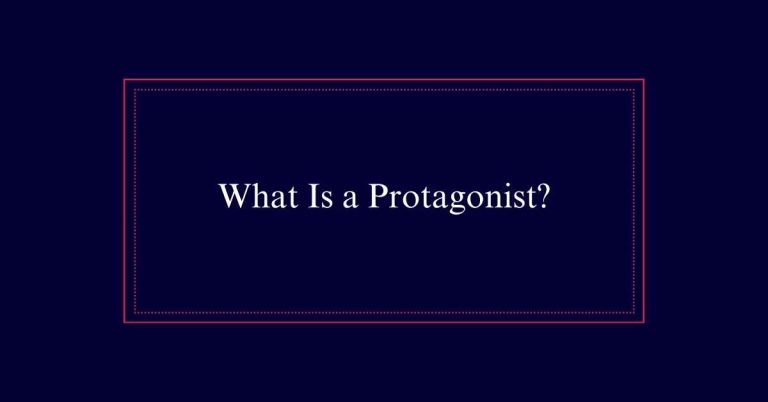What Is Polysyndeton?
Polysyndeton is a literary device where multiple conjunctions are used to link words or phrases in a sentence. This technique emphasizes each item in a series, slows the pace, and adds significance to the listed items. For example, in “We have ships and men and money and stores,” the conjunction ‘and’ is used repeatedly to stress each element.
Originating from the Greek word ‘polysyndetos,’ meaning ‘bound together with many conjunctions,’ it’s been a powerful tool in literature for centuries.
Definition of Polysyndeton
Polysyndeton is a literary device that involves the repeated use of conjunctions to link words or phrases in a sentence. This technique places equal emphasis on each item in a series, creating a deliberate, measured rhythm.
By using multiple conjunctions, writers can slow down the pace of a sentence, making each element stand out. For instance, the sentence ‘I have math and science and history homework’ uses polysyndeton to emphasize each subject equally.
This strategy can add weight and significance to the listed items, often evoking a sense of abundance or overwhelm. However, overusing polysyndeton can lead to redundancy and weaken its impact, so it should be employed thoughtfully for the desired effect.
Origins of the Term
The term originates from the Ancient Greek word ‘polysyndetos,’ which means ‘bound together with many conjunctions.’
This linguistic term combines ‘poly,’ meaning ‘many,’ and ‘syndetos,’ meaning ‘bound together.’
The concept of polysyndeton has been used in literature for centuries to enhance the rhythm and tone of a sentence.
Ancient Greek writers and orators frequently employed polysyndeton to add emphasis and clarity to their works.
By repeating conjunctions, they could slow down the reader’s or listener’s pace, making each word or phrase stand out.
This technique eventually influenced many other languages and literary traditions.
Importance in Writing
Frequently, writers employ polysyndeton to create a deliberate emphasis and rhythm in their prose. This technique helps to highlight each element in a series, making the reader pause and consider each word or phrase. It can generate a sense of urgency, continuity, or even overwhelm, depending on the context.
Here is a comparison of different conjunction usage:
| Polysyndeton | Asyndeton | Syndeton |
|---|---|---|
| Uses repeated conjunctions | Omits conjunctions | Uses standard conjunctions |
| Emphasizes individual elements | Speeds up the reading pace | Provides clarity and balance |
| Creates a rhythmic flow | Adds intensity and directness | Maintains a neutral tone |
| Slows down the reader | Quickens the text | Keeps a steady pace |
| Examples: ‘and…and…and…’ | Examples: ‘A, B, C’ | Examples: ‘A and B and C’ |
The US Postal Service Example
A famous demonstration of polysyndeton can be found in the US Postal Service motto. The motto states, ‘Neither snow nor rain nor heat nor gloom of night stays these couriers from the swift completion of their appointed rounds.’
In this phrase, the repeated use of ‘nor’ serves to emphasize the various challenges postal workers face. Each weather condition is given equal weight, highlighting the dedication and resilience of the couriers. This use of polysyndeton slows the rhythm of the sentence, drawing attention to each obstacle and the steadfast commitment to overcoming them.
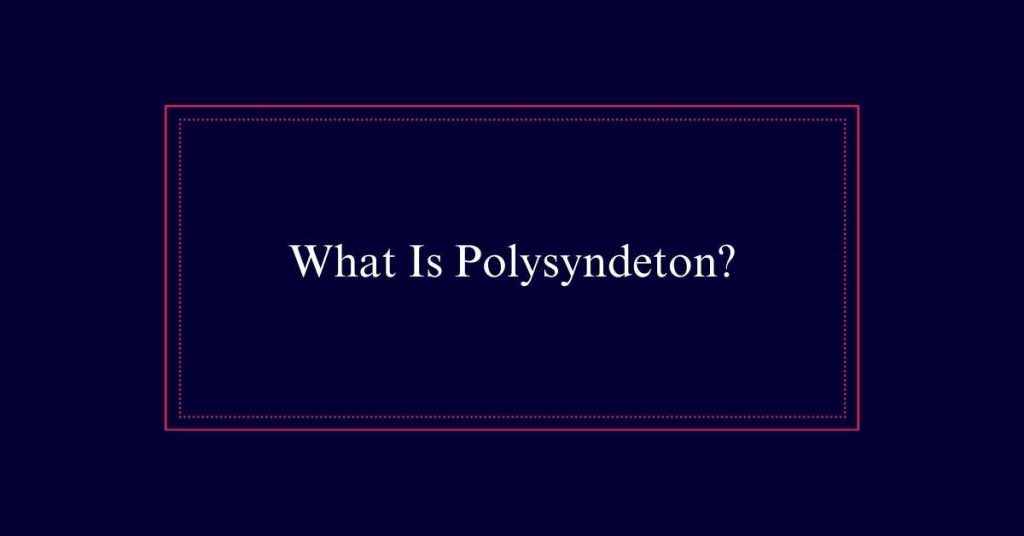
The repetition underscores the unwavering reliability of the postal service, making the message both memorable and impactful.
Emotional Impact
Polysyndeton can greatly enhance the emotional depth of a narrative by conveying intensity, urgency, or overwhelm. By using repeated conjunctions, writers can slow down the rhythm of a sentence, making each element stand out. This technique can evoke a sense of buildup or accumulation, mirroring the character’s emotional state.
For example, in moments of high tension, polysyndeton creates a feeling of breathlessness, as if the character is rushing through thoughts or actions. It can also depict a sense of chaos or confusion, reflecting the turmoil in the narrative.
Childlike Voice
Utilizing polysyndeton can evoke a childlike voice by mimicking the way children often speak in run-on sentences. Children tend to use many conjunctions, like ‘and’ or ‘or,’ to string together their thoughts. This creates a sense of innocence and spontaneity.
For example, a child might say, ‘I went to the park and I played on the swings and I saw a dog and I had ice cream.’ The repeated use of ‘and’ captures the unfiltered excitement of a child’s speech. Writers use polysyndeton in this way to bring authenticity to child characters or to evoke nostalgia.
Literary Examples
In literature, polysyndeton is often used to enhance the emotional and narrative impact of a passage.
For instance, in Maya Angelou’s ‘I Know Why the Caged Bird Sings’, the repeated use of conjunctions amplifies the rhythm and emotional depth.
William Shakespeare employs polysyndeton in ‘Othello’ to heighten tension and drama.
The Bible’s Genesis 1:24-25 uses this device to emphasize the creation process, lending a profound, rhythmic quality.
Charles Dickens uses polysyndeton in ‘Dombey and Son’ to accentuate the overwhelming nature of the scene.
In the film ‘The Lion in Winter’, polysyndeton creates a sense of urgency and complexity in dialogue.
Each example showcases how polysyndeton can powerfully underscore a narrative’s emotional and thematic elements.
Polysyndeton Vs. Asyndeton
Many writers use the contrasting techniques of asyndeton and polysyndeton to shape the rhythm and tone of their sentences. Asyndeton omits conjunctions between words or phrases, creating a fast-paced, concise effect. This technique can make a sentence feel urgent or streamlined, enhancing its impact.
In contrast, polysyndeton uses repeated conjunctions, such as ‘and’ or ‘or,’ to slow down the rhythm. This can add emphasis to each element in the list, giving the sentence a more deliberate or dramatic tone. While asyndeton accelerates the flow of ideas, polysyndeton decelerates it, allowing for a detailed exploration of each item.
Writers choose between these techniques to achieve specific tonal and rhythmic outcomes in their prose.
Polysyndeton Vs. Syndeton
Polysyndeton and syndeton both use conjunctions but achieve different effects in writing.
Polysyndeton employs repeated conjunctions between each word or phrase. This technique slows the rhythm and adds emphasis to each element. For example, ‘He ran and jumped and laughed.’ Each action stands out individually.
In contrast, syndeton uses single conjunctions to link words or phrases, maintaining a more natural flow. An example is, ‘He ran, jumped, and laughed.’ The actions are connected smoothly, creating a cohesive and clear sentence.
While polysyndeton emphasizes each item, syndeton aims for clarity and fluidity. Writers choose between these techniques based on the desired tone and pacing of their sentences. Understanding the differences enhances the effectiveness of their writing.
Writing Tips
Mastering the use of polysyndeton can greatly enhance the impact of your writing. To begin, use polysyndeton sparingly to avoid overwhelming your readers. The technique is most effective when used to highlight specific emotions or themes.
For instance, in a tense scene, repeated conjunctions can amplify anxiety. When aiming for a childlike tone, the repetition mimics the natural speech patterns of children. Additionally, balance is key. Mix polysyndeton with other styles, such as asyndeton, to maintain reader interest.
Always consider the rhythm and flow of your sentences. Polysyndeton should slow the pace and draw attention to each word. With practice, you can wield polysyndeton to create powerful, memorable prose.
